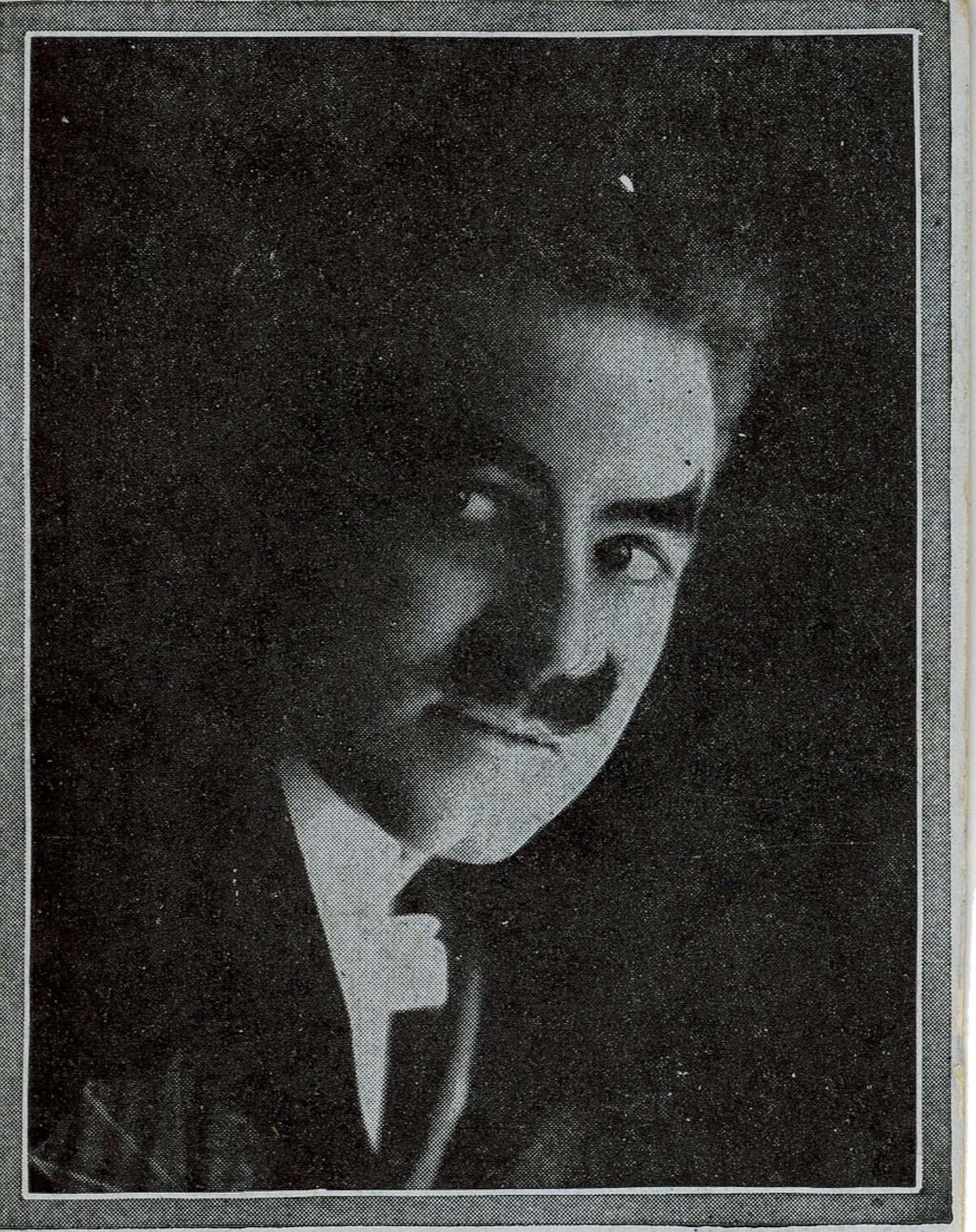
Brush the great
By William Pack | Magician, Historian, and Educator, https://libraryprogramming.com/
image courtesy of Quicker than the Eye, https://www.quickerthantheeye.com/p/throw-out-cards/Edwin_Brush_Throw_Out_Card-27938Edwin Brush
(Edward Homer Brush)
B. March 21, 1873 – D. March 14, 1967
Born in the Township of Bonus, Boone County, Illinois, Edwin Brush’s early life was that of a farm boy who saw few shows. He became interested in magic at the age of twelve after seeing a neighbor boy perform a couple of pocket tricks. The fire inside him was lit, and he began to learn all he could.
In 1889, he saw Herrmann the Great at a theater in Rockford, IL. After this performance, he resolved to become a magician. In 1895, he was hired as a sales manager for the Ed. E. Strauss and Co., a clothing store. He began using pocket tricks as an icebreaker. That year, he made the largest single sale and the greatest total sales of anyone working for the company.
Soon, he began accepting performance dates, and by 1900, he decided it was time to make magic his full-time profession. It took him two years to secure his first Lyceum contract. Lyceum and Chautauqua was an adult education and social movement in the United States that peaked in popularity in the late 19th and early 20th centuries. They also expanded into “wholesome” show business. Magicians could make a good living on the circuit of theater and tent shows.
After Maro, Brush may have been the most successful magician working the circuit. He was a hit from the start, crisscrossing the county from coast to coast and from border to border. On that first tour, he shared the afternoon performance with the “Giant Colored Quartet.” If the unit hit town on a Sunday, the program was often changed to get around the Sunday prohibition on entertainment. Brush had a lecture called “The Other Man’s Game,” in which he exposed spiritualists, gamblers, and conmen from what he called “a Christian magician’s viewpoint.” He developed a handful of other moral lectures for variety.
Edwin Brush’s first wife, Maud C. Doubler (married in 1893), did not appear onstage with her husband. His second wife, Ada Mary Porter, performed in illusions, did a crystal gazing act and sang. But she was never an important part of the show; she was more of an added attraction.
Like most Lyceum and Chautauqua magicians, Brush presented small magic. A program might include the Miser’s Dream, where he plucked coins from thin air, the Chinese Linking Rings, Vanishing and Reappearing Canaries, and ending with a small illusion. By all accounts, he was a marvelous magician.
After Maro, Brush may have been
the most successful magician
working the circuit.
He retired from Lyceum in 1927, but not from performing. He moved to California in 1930 and was still working schools, churches, lodges, etc. He also owned a small real estate brokerage business.
Even after his heyday, he still sported his trademark upside-down mustache. Something he developed early in his Lyceum career. Instead of pointing down, he trained his mustache to point skyward. It gave him a devilish magician-like appearance which made him extra memorable and was an asset in getting bookings.
Brush would unretire during World War II to perform U.S.O. camp shows, both in a regular unit and in a hospital unit.
Brush continued to perform well into his eighties and nineties. He worked out a plan that he called his “ten suitcase shows,” ten different acts of magic with each show’s props packed in a different suitcase. Then, when he called to perform a lecture or show, he was prepared and would pick up a suitcase that he had not previously used for that group. He had quite a number of repeat shows, working primarily at local churches. The suitcase system was helpful to him.
He died one week before his ninety-fourth birthday.


